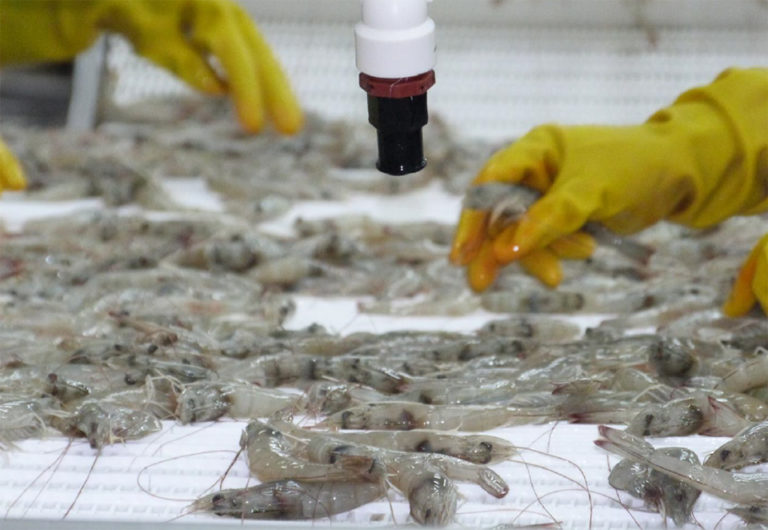
Intelligence
Shrimp farming industry in Ecuador, part 2
In this second of two parts, the author describes a public-private competitive improvement plan and how technology and new tools improved shrimp production in Ecuador.
Intelligence
En esta segunda de dos partes, la autora describe un plan de mejoramiento competitivo público-privado y cómo la tecnología y las nuevas herramientas mejoraron la producción de camarón en Ecuador.

Intelligence
In this second of two parts, the author describes a public-private competitive improvement plan and how technology and new tools improved shrimp production in Ecuador.
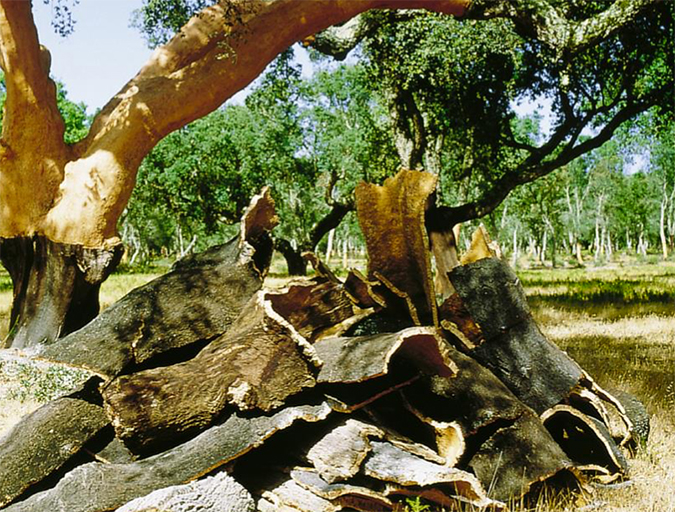
Responsibility
German researcher believes that floating fish feces would help recirculating aquaculture systems more efficiently remove suspended solids.
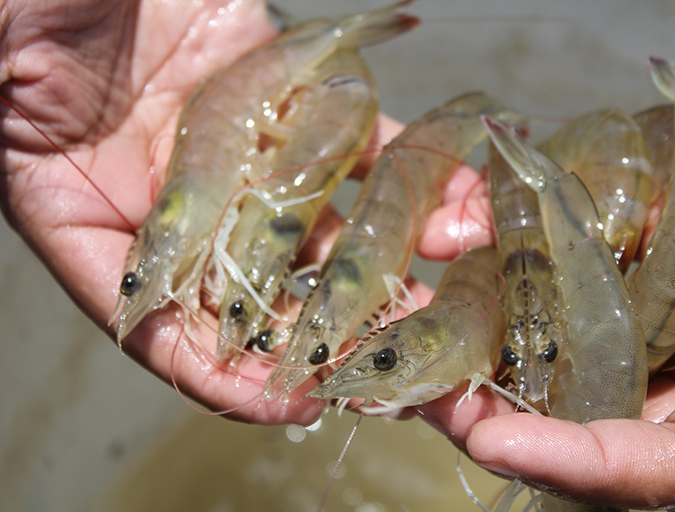
Intelligence
El reciente Simposio Centroamericano de Acuicultura en Choluteca, Honduras, reunió a más de 600 participantes para discutir temas de la industria y sus perspectivas. La atención se centró en enfermedades del camarón y sus impactos en la producción, así como en alternativas prácticas.
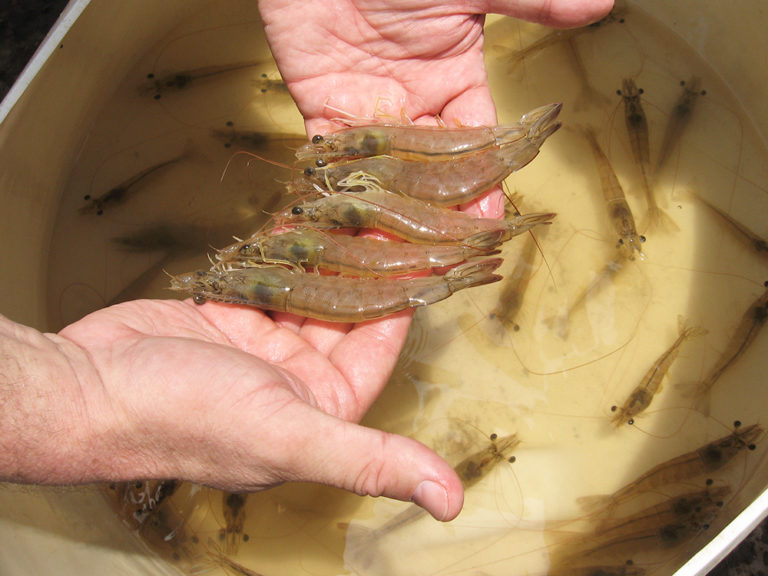
Intelligence
The recent Central American Aquaculture Symposium in Choluteca, Honduras, brought together more than 600 participants to discuss industry issues and perspectives. The focus was shrimp diseases and their impacts on production, as well as practical alternatives to face these issues and move forward.
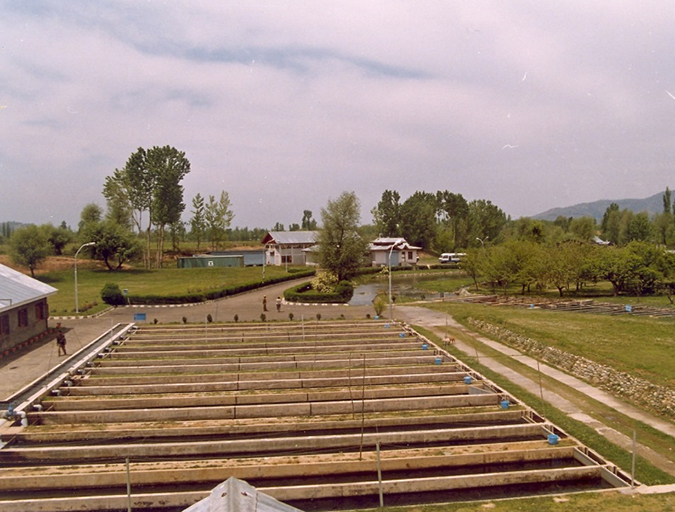
Intelligence
India has a small trout farming industry in the Himalayan and Southern Peninsula areas. Even though current annual production is only a few hundred tons, the country has many areas that, although geographically difficult to work in, also offer excellent, very large habitats and conditions for trout culture.
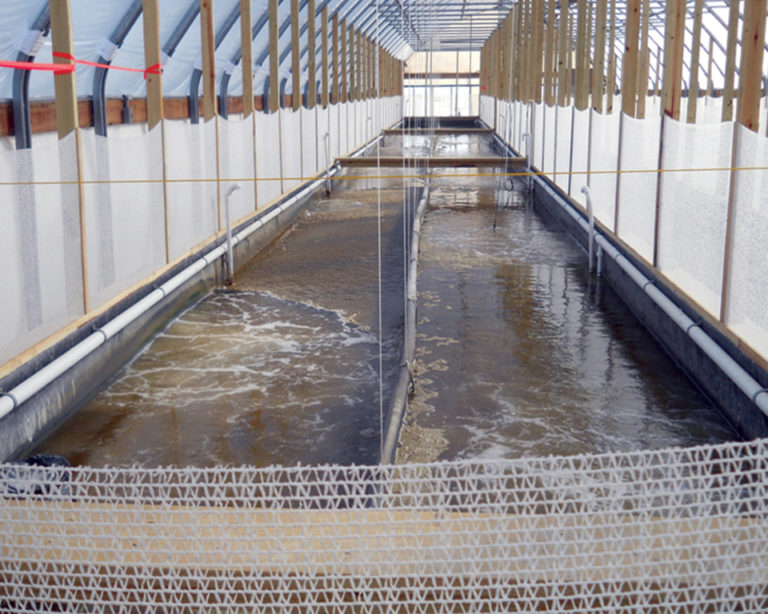
Responsibility
Shrimp production studies using biofloc technology at the AgriLife Research Mariculture Lab in Texas evaluated different approaches to maintain water quality.
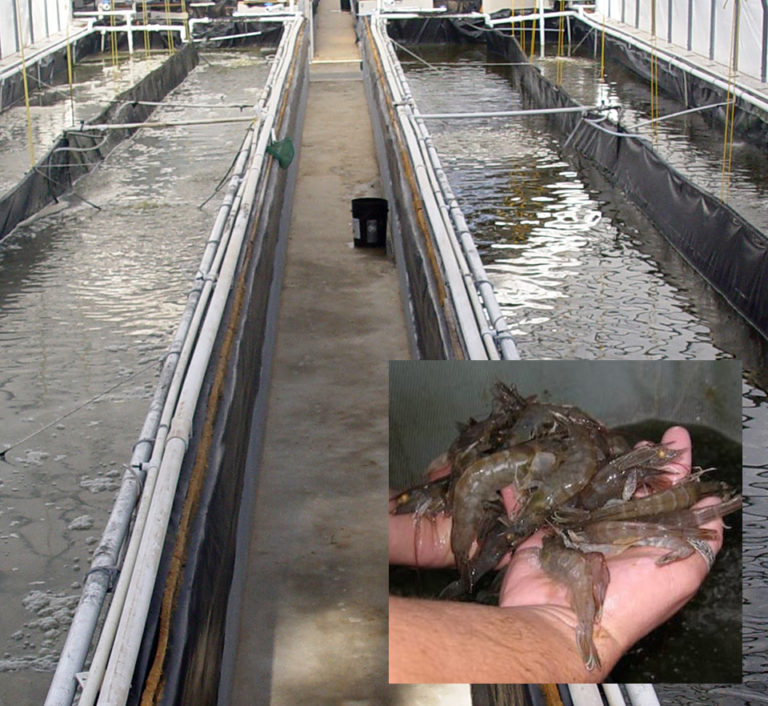
Health & Welfare
In an experiment comparing two biofloc concentrations, shrimp grew larger and faster in low-solids, with no significant differences in survival, FCR or final biomass.
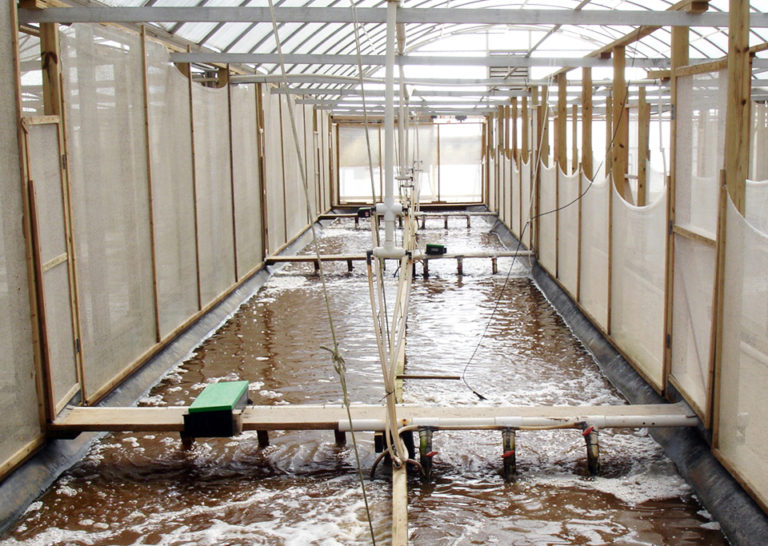
Health & Welfare
A study demonstrated that market-size shrimp can be profitably produced with zero water exchange in intensive raceways. The reuse of water that served for an earlier nursery study allowed the immediate establishment of a healthy microbial community in the grow-out study.
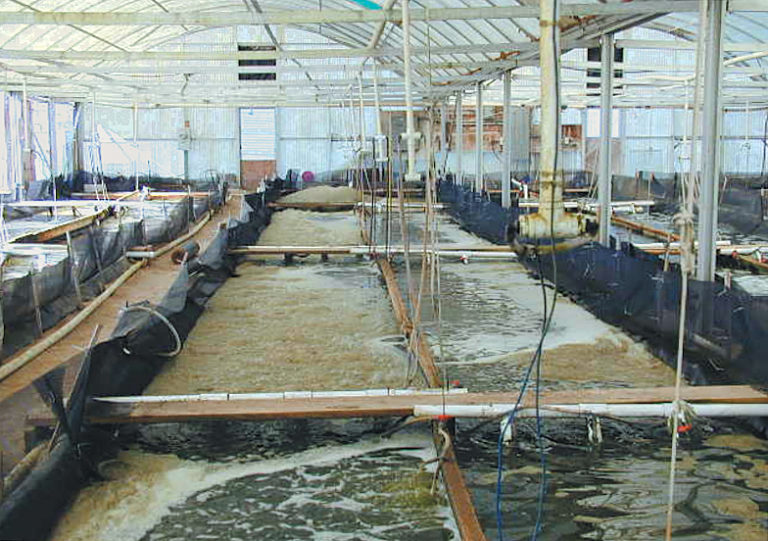
Innovation & Investment
The performance of Pacific white shrimp was evaluated using three filtration systems: bead filtration, foam fractionation and pressurized sand filtration.
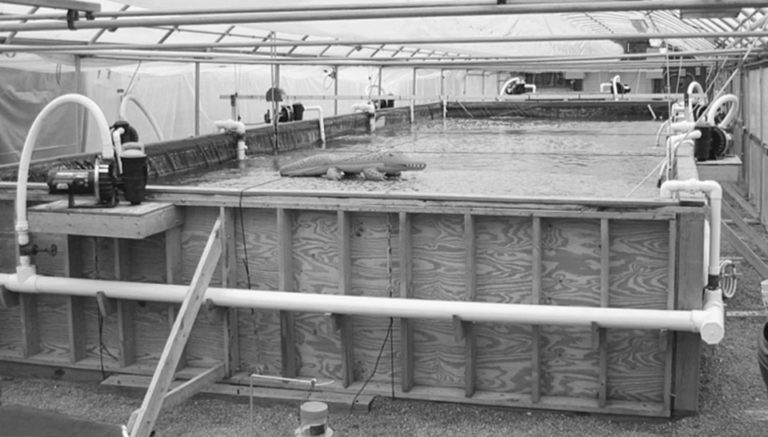
Innovation & Investment
One solution to the problems with raceways is to convert them into a series of counter-rotating mixed cells that act as hydraulically separated round tanks.
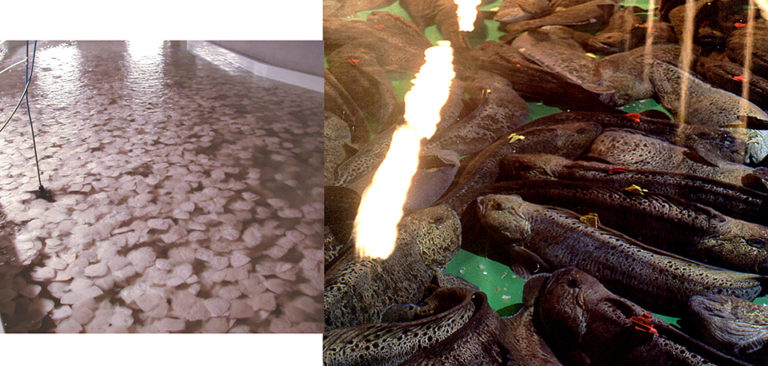
Health & Welfare
The development of land-based, hyperintensive farming systems for fish and shellfish production could quickly expand in industrialized countries.
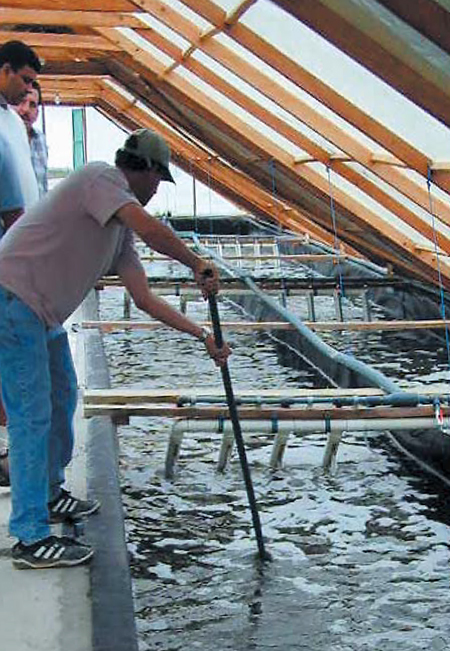
Health & Welfare
The use of intensive raceway nursery systems to produce juvenile shrimp under biosecure conditions is an important WSSV management tool.